
当前位置: 研招信息首页 > 历年考题(考生回忆版) > 正文
以下是小昭为大家整理的历年英语考题(考生回忆版)及答案解析,希望对即将参加考研的同学们有所帮助。
2004年全国攻读硕士学位研究生入学考试英语试题
Section I Use of English
Directions:
Read the following text. Choose the best word(s) for each numbered blank and mark A, B, C or D on ANSWER SHEET 1. (10 points)
Many theories concerning the causes of juvenile delinquency (crimes committed by young people) focus either on the individual or on society as the major contributing influence. Theories 1 on the individual suggest that children engage in criminal behavior 2 they were not sufficiently penalized for previous misdeeds or that they have learned criminal behavior through 3 with others. Theories focusing on the role of society suggest that children commit crimes in 4 to their failure to rise above their socioeconomic status, 5 as a rejection of middle-class values.
Most theories of juvenile delinquency have focused on children from disadvantaged families, _ 6 the fact that children from wealthy homes also commit crimes. The latter may commit crimes 7 lack of adequate parental control. All theories, however, are tentative and are 8 to criticism.
Changes in the social structure may indirectly 9 juvenile crime rates. For example, changes in the economy that 10 to fewer job opportunities for youth and rising unemployment 11 make gainful employment increasingly difficult to obtain. The resulting discontent may in 12 lead more youths into criminal behavior.
Families have also 13 changes these years. More families consist of one-parent households or two working parents; 14 ,children are likely to have less supervision at home 15 was common in the traditional family 16 . This lack of parental supervision is thought to be an influence on juvenile crime rates. Other __17_ causes of offensive acts include frustration or failure in school, the increased __ 18 _ of drugs and alcohol, and the growing 19 of child abuse and child neglect. All these conditions tend to increase the probability of a child committing a criminal act, 20 a direct causal relationship has not yet been established.
1. [A] acting [B] relying [C] centering [D] commenting
2. [A] before [B] unless [C] until [D] because
3. [A] interaction [B] assimilation [C] cooperation [D] consultation
4. [A] return [B] reply [C] reference [D] response
5. [A] or [B] but rather [C] but [D] or else
6. [A] considering [B] ignoring [C] highlighting [D] discarding
7. [A] on [B] in [C] for [D] with
8. [A] immune [B] resistant [C] sensitive [D] subject
9. [A] affect [B] reduce [C] chock [D] reflect
10. [A] point [B] lead [C] come [D] amount
11. [A] in general [B] on average [C] by contrast [D] at length
12. [A] case [B] short [C] turn [D] essence
13. [A] survived [B] noticed [C] undertaken [D] experienced
14.[A] contrarily [B] consequently [C] similarly [D] simultaneously
15. [A] than [B] that [C] which [D] as
16. [A] system [B] structure [C] concept [D] heritage
17. [A] assessable [B] identifiable [C] negligible [D] incredible
18. [A] expense [B] restriction [C] allocation [D] availability
19. [A] incidence [B] awareness [C] exposure [D] popularity
20. [A] provided [B] since [C] although [D] supposing
Section II Reading Comprehension
Part A
Directions:
Read the following four texts. Answer the questions below each text by choosing [A], [B], [C] or [D]. Mark your answers on ANSWER SHEET 1. (40 points)
Text 1
Hunting for a job late last year, lawyer Gant Redmon stumbled across CareerBuilder, a job database on the Internet. He searched it with no success but was attracted by the site’s “personal search agent”. It’s an interactive feature that lets visitors key in job criteria such as location, title, and salary, then E-mails them when a matching position is posted in the database. Redmon chose the keywords legal, intellectual property and Washington, D.C. Three weeks later, he got his first notification of an opening. “I struck gold,” says Redmon, who E-mailed his resume to the employer and won a position as in-house counsel for a company.
With thousands of career-related sites on the Internet, finding promising openings can he time-consuming and inefficient. Search agents reduce the need for repeated visits to the databases. But although a search agent worked for Redmon, career experts see drawbacks. Narrowing your criteria, for example, may work against you: “Every time you answer a question you eliminate a possibility,” says one expert.
For any job search, you should start with a narrow concept—what you think you want to do—then broaden it. “None of these programs do that,” says another expert. “There’s no career counseling implicit in all of this.” Instead, the best strategy is to use the agent as a kind of tip service to keep abreast of jobs in a particular database; when you get E-mail, consider it a reminder to check the database again. “I would not rely on agents for finding everything that is added to a database that might interest me,” says the author of a job-searching guide.
Some sites design their agents to tempt job hunters to return. When CareerSite’s agent sends out messages to those who have signed up for its service, for example, it includes only three potential jobs—those it considers the best matches. There may be more matches in the database; job hunters will have to visit the site again to find them—and they do. “On the day after we send our messages, we see a sharp increase in our traffic,” says Seth Peets, vice president of marketing for CareerSite.
Even those who aren’t hunting for jobs may find search agents worthwhile. Some use them to keep a close watch on the demand for their line of work or gather information on compensation to arm themselves when negotiating for a raise. Although happily employed, Redmon maintains his agent at CareerBuilder. “You always keep your eyes open,” he says. Working with a personal search agent means having another set of eyes looking out for you.
21. How did Redmon find his job?
[A] By searching openings in a job database. [B] By posting a matching position in a database.
[C] By using a special service of a database. [D] By E-mailing his resume to a database.
22. Which of the following can be a disadvantage of search agents?
[A] Lack of counseling. [B] Limited number of visits.
[C] Lower efficiency. [D] Fewer successful matches.
23. The expression “tip service” (Line 4, Paragraph 3) most probably means .
[A] advisory. [B] compensation.
[C] interaction. [D] reminder.
24. Why does CareerSite’s agent offer each job hunter only three job options?
[A] To focus on better job matches. [B] To attract more returning visits.
[C] To reserve space for more messages. [D] To increase the rate of success.
25. Which of the following is true according to the text?
[A] Personal search agents are indispensable to job-hunters.
[B] Some sites keep E-mailing job seekers to trace their demands.
[C] Personal search agents are also helpful to those already employed.
[D] Some agents stop sending information to people once they are employed.
以上是昭昭西医考研部分考题(考生回忆版)的展示内容,因为内容较多。小昭已经将考题(考生回忆版)全部整理放到附件中(包括答案),请自行点击下载即可使用。
免责声明:本站所提供的内容均来源于网络,如涉及侵权问题,请联系本站管理员予以更改或删除。
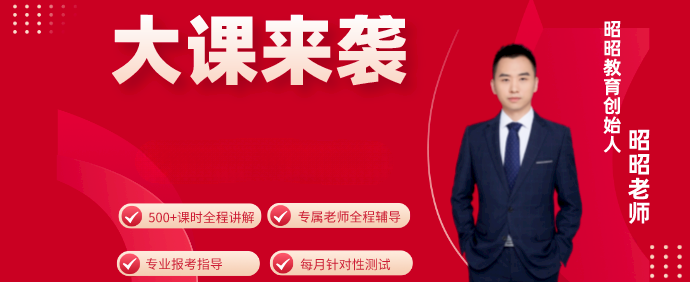

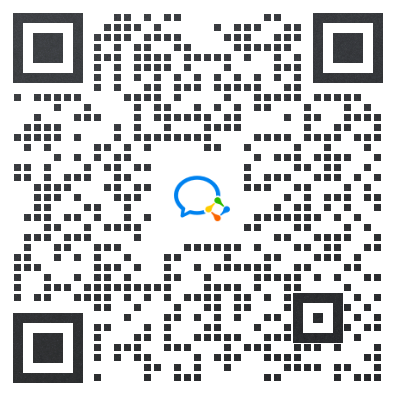 扫码加入
扫码加入
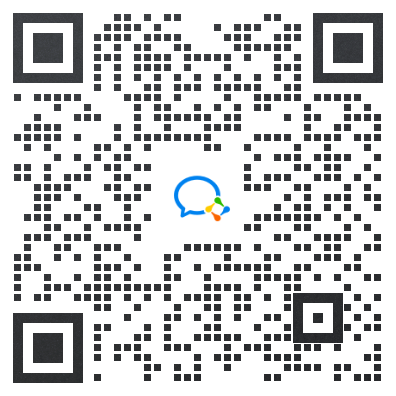 扫码加入
扫码加入
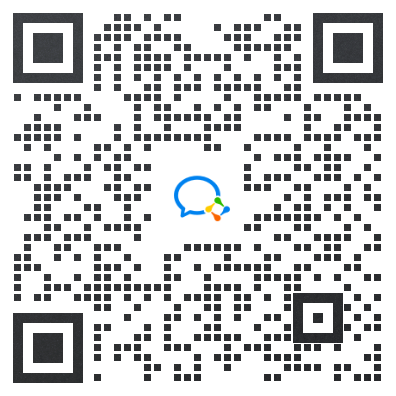 扫码加入
扫码加入
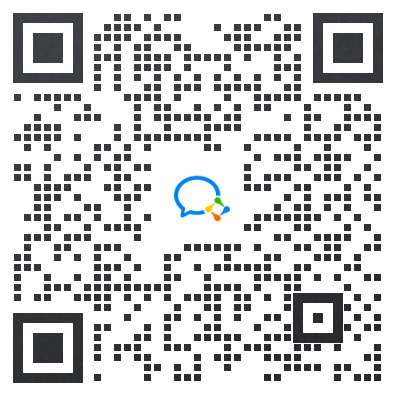 扫码加入
扫码加入
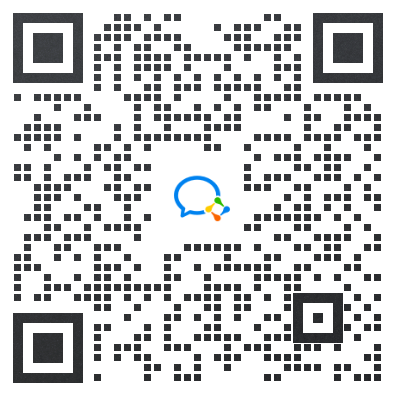 扫码加入
扫码加入
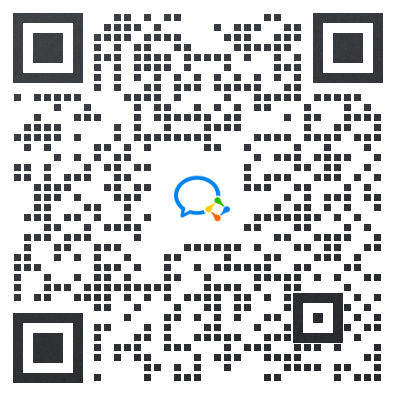 扫码加入
扫码加入

